Diving Deeper into a Fashion Brand Tech Pack: Exactly What To Include
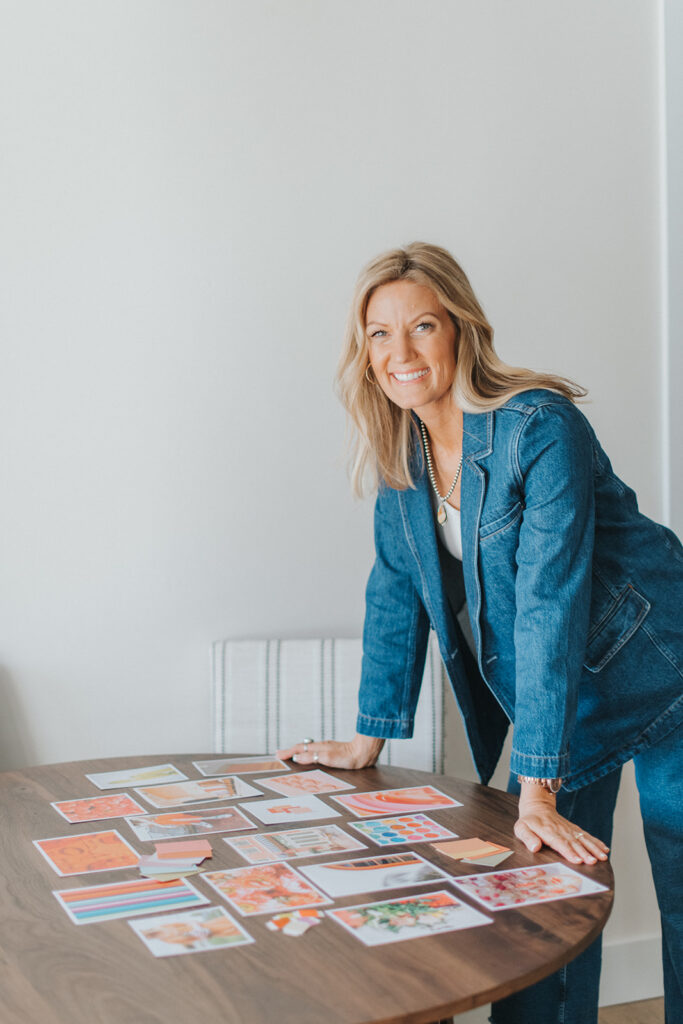
If you read Part 1 of this series, you already know that a fashion brand tech pack is one of the most important tools in your clothing business. It communicates your design vision clearly to manufacturers and helps avoid costly misunderstandings.
But what exactly goes inside a tech pack? And how do you know what to include? That’s what we’re going to get into today.
In Part 1, we covered the basics of what a tech pack is, why you need one, and when to send it to a manufacturer. In this post, we’re getting more hands-on, breaking down the parts of a tech pack and how to use them to your advantage.
Key Takeaways
- Cover Page and Index
- Color References
- Technical Sketches (flats)
- Bill of Materials (BOM)
- Measurement Specs (Spec Sheet)
- Putting Your Fashion Brand Tech Pack All Together
Cover Page and Index
Your tech pack will typically start with a cover page and an index (also sometimes called a contents page).
The cover gives your manufacturer basic information about your garment. The index outlines precisely what is included in the tech pack, including technical sketches, construction details, a bill of materials, and measurement specifications.
This simple page helps keep everyone organized and ensures your manufacturer knows exactly where to look for each piece of information.
Color References
Let’s start with something simple but super important: color. The color of fabrics whether printed or dyed, will set the tone for your entire collection. But getting that color right between you and your manufacturer is very important. If they aren’t, make sure to cut swatches and add them to your tech packs. This will help a lot and is crucial for the success of your garments being produced.
→ Wondering how I use nature’s color palette to inspire my fashion collections? Check out the full guide here.
For more professional consistency across manufacturers and seasons, the best method is to use Pantone colors. Pantone is a universal color language. If you specify Pantone 110203 TCX, any manufacturer around the world will know exactly which color you mean. If your fabric will be dyed to match, specifying this in the tech pack to make sure everyone is on the same page. Show both a picture of color/print and call it out in the tech pack in writing as well.
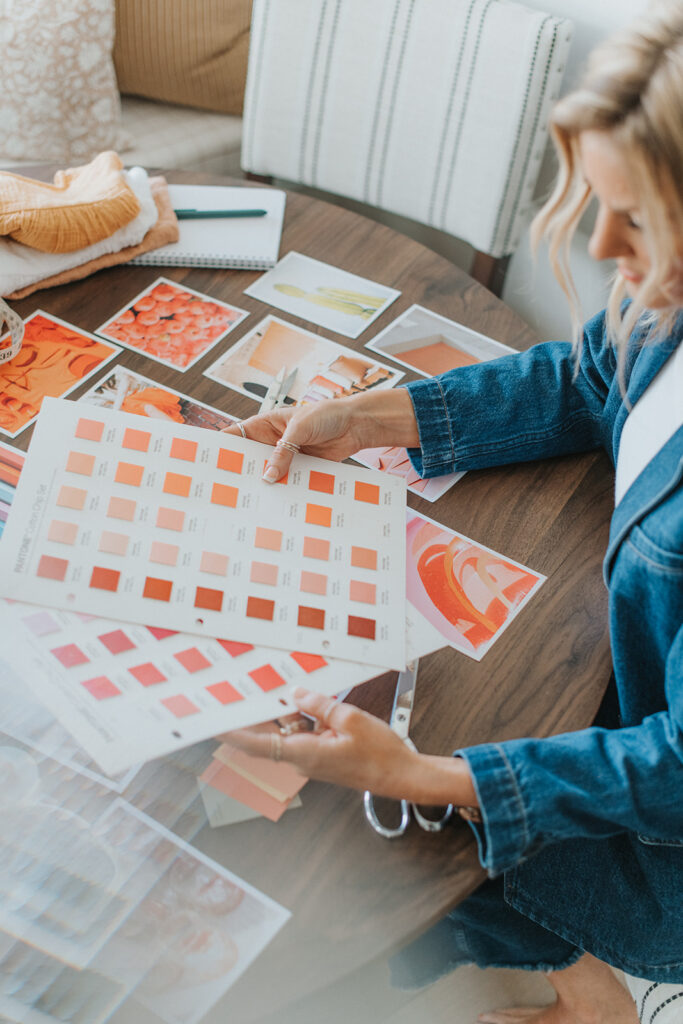
You can attach a color reference to your tech pack, and that reference doesn’t have to be fancy. Many designers (especially when they’re starting out) simply use a paint swatch if they don’t have a Pantone swatch book yet. I did this for a couple years before I could afford the Pantone library! You can send that swatch directly to your manufacturer to match.
Technical Sketches (Flats)
Next comes the heart of the tech pack: your technical sketches, also known as flats. These are clean, clear drawings of your garment from multiple angles. Usually front, back, and sometimes side, with notes and “call-outs” to explain construction details.
For example, if you want a topstitch to sit exactly 1/2 inch from the seam, or if you want a specific tag placed inside the side seam, your sketches will call that out. You can also highlight special details like pocket construction, the type of zipper, graphics placement, or how an elastic waistband should be inserted.

These sketches don’t have to be complicated. You can create them using Adobe Illustrator, draw them yourself and insert them into Google Sheets or Excel if you’re just starting out. What matters most is that your instructions are clear!
Materials/Cut Ticket
The is where you list every single material that will go into your garment. Think of it as your “recipe.”
You’ll include the main fabric, any linings, stitches, thread type and color, elastic, zippers, buttons, snaps, labels, hang tags, everything down to the smallest detail. This is what your manufacturer will use to source or confirm materials before production starts.

Measurement Specs (Spec Sheet)
The spec sheet is another cornerstone of your tech pack. It lays out the exact measurements for your garment across all intended sizes.
For example, you’ll list chest width, sleeve length, waist width, inseam, neckline depth, and any other measurements that matter for your design. This sheet makes sure that the sizing is consistent, even across multiple production runs and factories.
Your manufacturer will have the pattern, but they also need to plan for a tolerance on the seams. By telling them the tolerance, they now have a small amount for error typically ¼”. Then when you have a quality check, you will have this information to measure the garments to make sure they are inaccurate.
→ Want to grab some gorgeous fabric at an insanely low price? Check out Persnickety Fabrics.
Putting Your Fashion Brand Tech Pack All Together
When you step back and look at a completed tech pack, you’ll see how each part supports the others. It’s a guidebook or a clear set of instructions that helps your manufacturer bring your design to life, with fewer mistakes and less back-and-forth.
And honestly, the more experience you get with tech packs, the easier they become to create. They are time consuming, but worth the time. Each season, you’ll improve, refine, and build on your past work – creating faster, more professional results over time.
Ready to Take the Next Step?
If you’re ready to level up your fashion brand and feel more confident about your tech packs and production process, here are some resources that can help:
Fruition is an in-depth program that will teach you how to launch, manage, and scale your fashion brand step-by-step. It walks you through every stage, from concept to production, so you can avoid common pitfalls and move forward with clarity.
Brilliant Branding helps you build a standout brand with visuals that truly connect with your audience. Whether you’re just starting out or rebranding an existing line, this program gives you the tools to create a cohesive, professional look that speaks directly to your ideal customer.
Your tech pack isn’t just paperwork; it’s one of the most powerful tools in your entire fashion business. The more effort and clarity you put into it, the smoother your production process will be. And that’s what helps you create beautiful garments that customers love to wear!

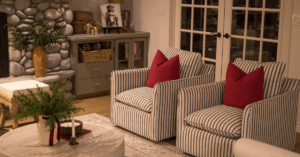

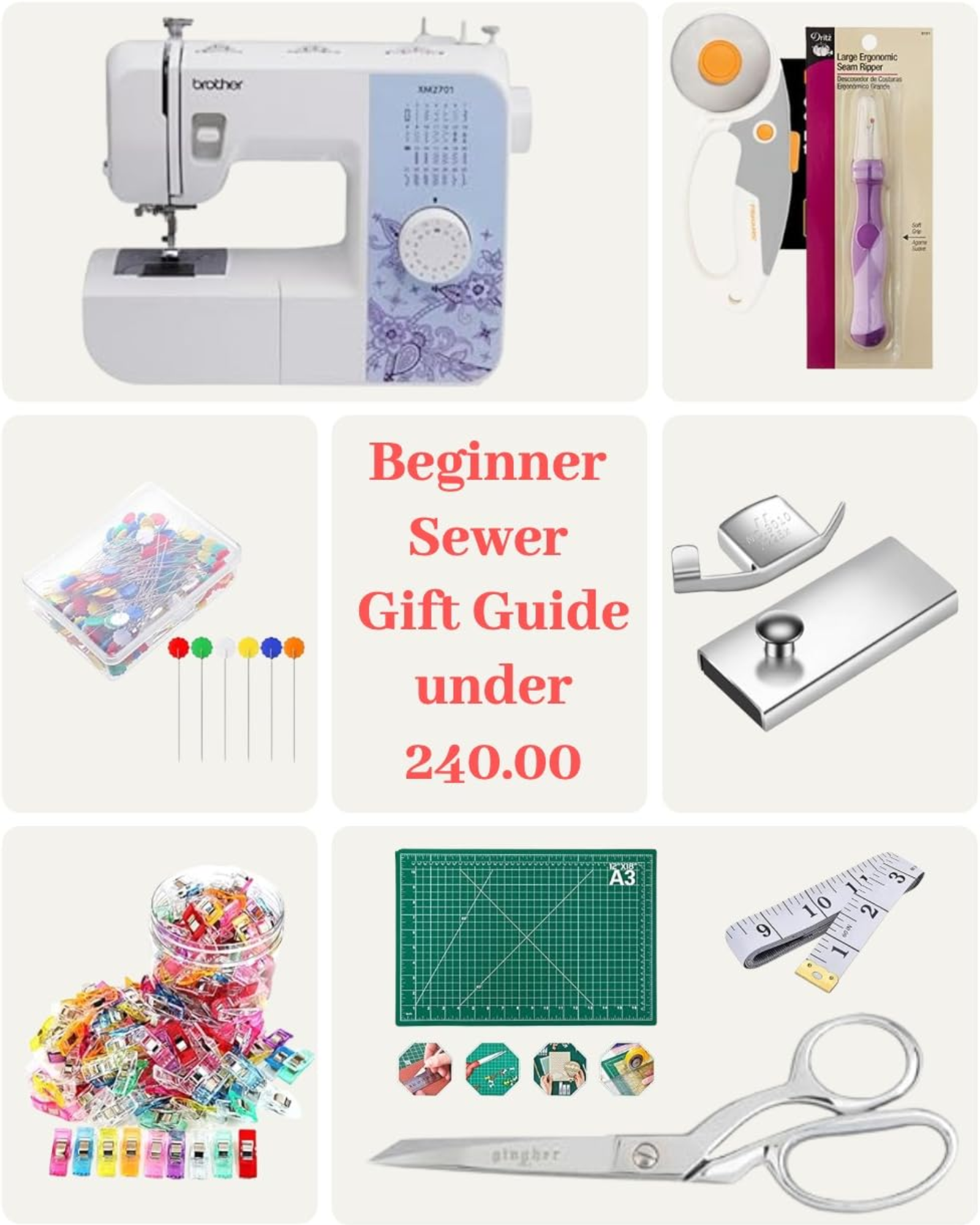



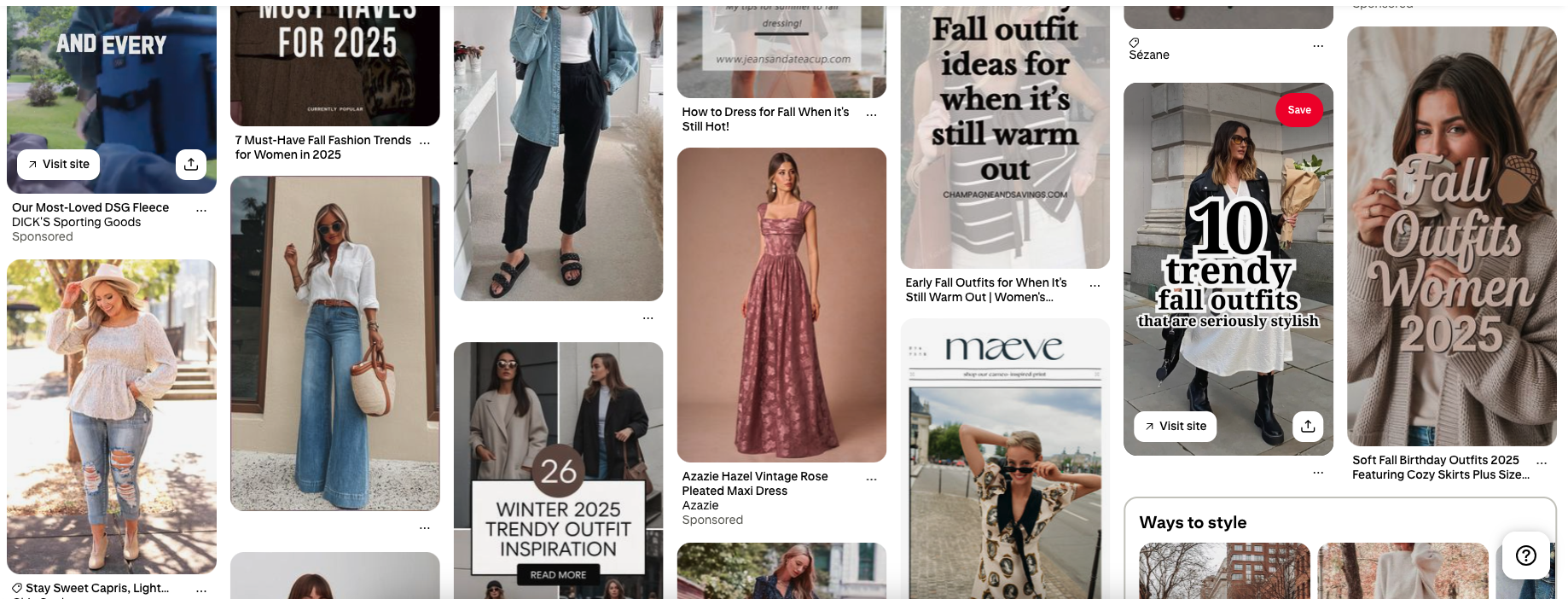
Read the Comments +